If you notice your dog urinating inside when they are already potty-trained, they may be experiencing dog incontinence. There are many reasons for dog incontinence, and as pet parents, we must figure out if our furry friends are suffering from urinary incontinence in the first place. Keep reading to learn more about dog incontinence and how you can help your pup keep their pee troubles at bay.
What is Dog Incontinence?
Dog incontinence occurs when a dog involuntarily loses control of their bladder, leading to unexpected urine leakage. This condition is different from behavior-related urination problems, such as excitement urination or marking, as it is typically caused by an underlying medical issue rather than voluntary actions. Incontinence can develop gradually or appear suddenly, depending on the root cause, which may include age-related muscle weakness, hormonal imbalances, infections, or neurological disorders.
Since dogs are not aware that they might be experiencing urinary incontinence, they do not exhibit signs of distress or consciously attempt to control the issue. This makes it essential for pet owners to stay observant and recognize symptoms early. Wet spots on bedding, excessive licking of the genital area, or frequent accidents in previously house-trained dogs can all indicate a problem.
Identifying and addressing incontinence promptly can help ensure a dog’s comfort and prevent complications such as skin irritation, infections, or increased anxiety due to accidents. If a dog is showing signs of incontinence, consulting a veterinarian is crucial to determine the cause and explore effective management options.
Related Post: Urinary and Bladder Problems in Dogs
Why is My Dog Leaking Urine?
There are many causes of urinary incontinence in canines. These conditions can be genetic, while others are related to age-related issues. The most common causes of incontinence in dogs are:
- Urinary tract infection (UTI) or any condition that puts pressure on the bladder.
- Anatomic abnormalities such as disabilities, injuries, or surgeries that affect normal bladder function are linked to acquired urinary incontinence.
- Weak Urethral Sphincter that leads to a sudden urge to urinate.
- Urethral disorders are where the muscles of the urethra don't contract tightly enough, causing urine leakage. This is also known as urethral sphincter mechanism incompetence.
- Urinary stones, which are hard masses of minerals that make urination painful
- Constipation, which makes it hard for your dog to defecate.
- Hormonal imbalances that can occur with age, certain health conditions, or medications.
- Certain medications, such as corticosteroids. It's important to consult your vet to determine if your dog's medications are the reason for incontinence.
- Prostate disorders, which place pressure on the bladder.
- Conditions that cause excessive water drinking, such as diabetes or kidney disease.
- Specific dog breeds are more predisposed to developing from incontinence.

Symptoms Of Urine Incontinence In Dogs
There are some telltale signs that your dog may be incontinent, with the most visible one being dribbling urine. This is especially true when your dog is indoors. If your dog is already potty-trained and usually goes to pee outside, they may have accidents inside. If you notice wet spots indoors, it may be a sign that your dog is having urinary troubles.
Another primary symptom of incontinence in dogs is excessive licking of their genitals. If you notice this alongside the above symptoms, we advise taking your dog to the vet for a check-up. It is also advisable to monitor their bowl to determine how much water they drink a day. This will help you determine if your pup drinks more water than usual, which can lead to incontinence.
Management of Dog Urinary Incontinence
To safely manage urinary incontinence, ask your vet to perform some routine tests for your pup. This helps rule out potential medical issues such as diabetes or bladder infections. There are some simple steps we dog parents can take to relieve our pup's discomfort:
- Use puppy pads or doggy diapers to manage accidents. While your dog has incontinence, using toilet training tools such as puppy pads and doggy diapers will save you from cleaning up after your pup all day.
- Give your dog natural supplements to support urinary health. These supplements typically contain several natural ingredients to minimize the symptoms of dog incontinence.
- Maintain your dog's hygiene. Keeping your dog's genitals clean when experiencing incontinence reduces their chances of getting a skin infection from spilled urine.
- Entertain your pup outdoors. Using exercise and interactive toys to keep your dog busy outdoors may relieve their urge to urinate while inside.
Types of Dogs More Likely To Have Urinary Incontinence
Certain breeds experience incontinence more commonly than others. Here are some breeds that are typically more susceptible to urinary incontinence:
- German Shepherds
- Rottweilers
- English Springer spaniels
- Doberman pinschers
- Weimaraners
- Old English sheepdogs
- Dalmatians
- Bearded Collies and Collies
- Boxers
Female vs. Male Incontinence in Dogs
Since female and male dogs urinate differently, the way that incontinence affects them is slightly different too. For example, spay incontinence is a more common issue for female dogs compared to neutered males. This is usually due to the changes in hormone levels from the surgery, particularly a decrease in estrogen, which plays a role in maintaining muscle tone in the urinary sphincter. When estrogen levels drop, the muscles responsible for bladder control may weaken, leading to urine leakage.
Female dogs also have a shorter urinary tract than males, making them more prone to infections and bladder issues, which can contribute to incontinence. This anatomical difference is one of the primary reasons why female dogs experience urinary incontinence more frequently than males. However, incontinence is not exclusive to females. Both male and female dogs can develop weaker pelvic muscles as they age, reducing their ability to control urination.
Other factors, such as prostate enlargement in older male dogs or obesity in both genders, can further contribute to incontinence. Regardless of gender, it’s essential for pet owners to monitor their dog’s urinary habits and seek veterinary advice if signs of incontinence develop.
What Are The Best Natural Remedies for an Incontinent Dog?
Incontinence medication for dogs mostly involve the best natural remedies. Wellness products contain ingredients that can soothe the discomfort caused by dog incontinence. Some natural ingredients that can help manage the symptoms of urinary incontinence include:
- Cranberry Extract. Commonly used as a natural way to tackle bacteria that can cause urinary tract infections.
- Cornsilk Extract. A natural herbal diuretic that helps kidneys produce more urine to get rid of extra fluid.
- Dandelion Extract: A natural diuretic made from dandelion flowers.
- D-mannose. Found in cranberries, this compound prevents bacteria from sticking to the walls of the urinary tract.
- Methionine. Helps reduce the acidity of urine. This, in turn, lessens the chance of re-infection.
- Nettle Extract: A natural compound taken from nettle leaf. This extract can help reduce the length and severity of incontinence.
All these diuretic compounds help to flush out the urinary tract, reducing the chances of urinary or bladder infections. They are also useful for helping pets pee when they are having issues with urinating or using the bathroom. When combined, these ingredients provide your pup with the support they need to counter their messy problem.

At HolistaPet, we offer natural solutions to all your pet's health and wellness needs. That includes dog incontinence. Our Urinary + Bladder Support Soft Chews are the perfect addition to your dog's wellness routine. They're made with naturally derived ingredients to help keep your pup peeing normally and support a healthy bladder preventing bladder infection.
Our soft-baked treats contain all the beneficial ingredients we told you to look for in the previous section and more! Here's what you'll find in our Urinary + Bladder Support Soft Chews For Dogs:
- Cranberry Extract/Seed Oil
- D-mannose
- Ascorbic Acid
- Cornsilk Extract
- Dandelion Extract
- Nettle Extract
- Methionine
- And plenty more naturally derived ingredients!
You can rest assured that you're giving your dog the best nature has to offer when shopping with us. That's why we go to great lengths to verify the purity and potency of our products. We have third-party labs determine if they're as potent as we say they are. These labs issue their results in a Certificate of Analysis (COA), which consumers can view for themselves!
Alongside our soft chews, you can explore a whole range of products created by a team of pet lovers designed to give our beloved buddies the best quality of life we can.
Final Thoughts
While urinary incontinence can be distressing for dogs, their owners can readily manage it with vet-prescribed medication and natural supplements that support a healthy bladder. Taking your dog outside as much as possible will give them opportunities to pee outdoors, and using puppy pads and doggy diapers can help them stay accident-free indoors.
In most cases, dogs urinary incontinence is usually temporary and can be cleared up quickly using some or all of the suggestions above. As with any issue concerning our precious pups, it is very important to be attentive and act swiftly to prevent their discomfort from getting any worse or becoming infected. Keep an eye on any changes in your dog's bathroom behaviors and take notes on what you see so that if you need to visit the vet, you have information to help them diagnose your dog.
Frequently Asked Questions
Can stress or anxiety cause dog urinary incontinence?
Yes, stress and anxiety can contribute to urinary incontinence. When dogs experience heightened anxiety, they may lose control of their bladder due to nervousness or fear. Stress-induced urination can occur in response to loud noises, separation anxiety, or unfamiliar environments. If your dog’s incontinence seems to be triggered by stress, behavioral training, anxiety-relief supplements, and creating a calm environment may help alleviate the issue.
How can diet affect urinary incontinence?
Diet plays a crucial role in urinary health. A diet rich in moisture, such as wet food or fresh water access, helps prevent urinary tract infections and bladder stones, which can contribute to incontinence. Additionally, some commercial dog foods contain high levels of minerals that can lead to urinary issues. Feeding your dog a balanced diet with natural urinary-supporting ingredients, such as cranberries and dandelion extract, may help prevent bladder-related problems.
Can obesity contribute to canine urinary incontinence?
Yes, obesity can be a contributing factor to urinary incontinence. Excess weight puts additional pressure on the bladder and weakens the muscles that control urination. Overweight dogs may also have difficulty moving quickly to relieve themselves, leading to more frequent accidents. Maintaining a healthy weight through proper diet and exercise can help manage or even prevent urinary incontinence.
Can dehydration lead to urinary incontinence?
While dehydration itself doesn’t directly cause incontinence, it can lead to more concentrated urine, which may irritate the bladder and increase the risk of infections. Dogs with persistent incontinence should always have access to fresh water to maintain a healthy urinary tract. Monitoring your dog’s water intake is crucial, as excessive drinking can also indicate an underlying health issue like diabetes or kidney disease.
Are there any home modifications to help a dog with urinary incontinence?
Yes, making small home adjustments can help manage your dog's urinary incontinence. Placing waterproof covers on their bedding, using washable dog mats, and keeping them in areas with easy-to-clean flooring can minimize accidents. Installing a doggy door or creating a designated indoor potty area with grass pads can also help dogs relieve themselves more easily when needed.
How often should I take my incontinent dog to the vet?
If your dog is experiencing frequent urinary incontinence, it is best to have them evaluated by a vet as soon as possible. For ongoing cases, routine vet visits every 3-6 months are recommended to monitor any underlying conditions. If there are sudden changes, such as increased urine leakage, difficulty urinating, or blood in the urine, an immediate vet visit is necessary.
Is canine urinary incontinence a sign of aging?
While urinary incontinence is more common in senior dogs due to weakened bladder muscles and hormonal changes, it is not exclusive to aging. Young dogs can also develop incontinence due to genetic predisposition, infections, or congenital abnormalities. Regular vet check-ups can help identify the cause and determine the best course of treatment.
Can physical therapy help with urinary incontinence?
Yes, physical therapy and targeted exercises can strengthen a dog's pelvic floor muscles, potentially improving bladder control. Certain exercises, such as balance training and core-strengthening routines, may help improve muscle tone and reduce urine leakage. Consulting with a veterinary rehabilitation specialist can help identify beneficial exercises for your dog’s specific condition.



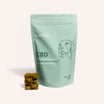

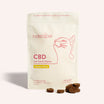
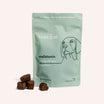
![Probiotics For Dogs [Soft Chews] - HolistaPet](http://www.holistapet.com/cdn/shop/files/Probiotic-Infographic-1_472d7a29-e30c-435a-9638-1365d8c3a9f9.jpg?v=1725384841&width=104)
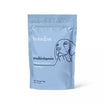

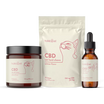
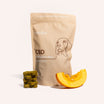
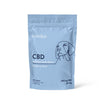
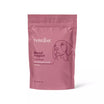
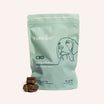
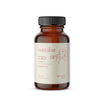
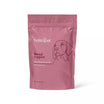
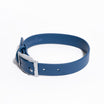
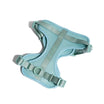
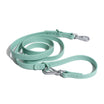
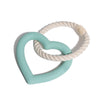
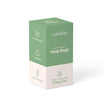
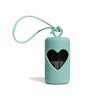
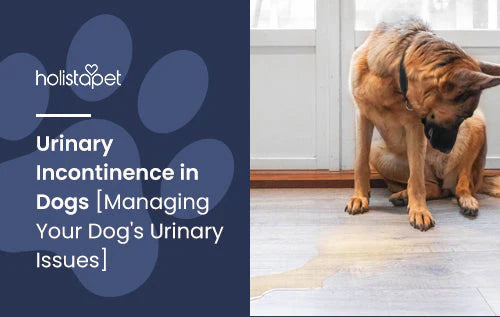


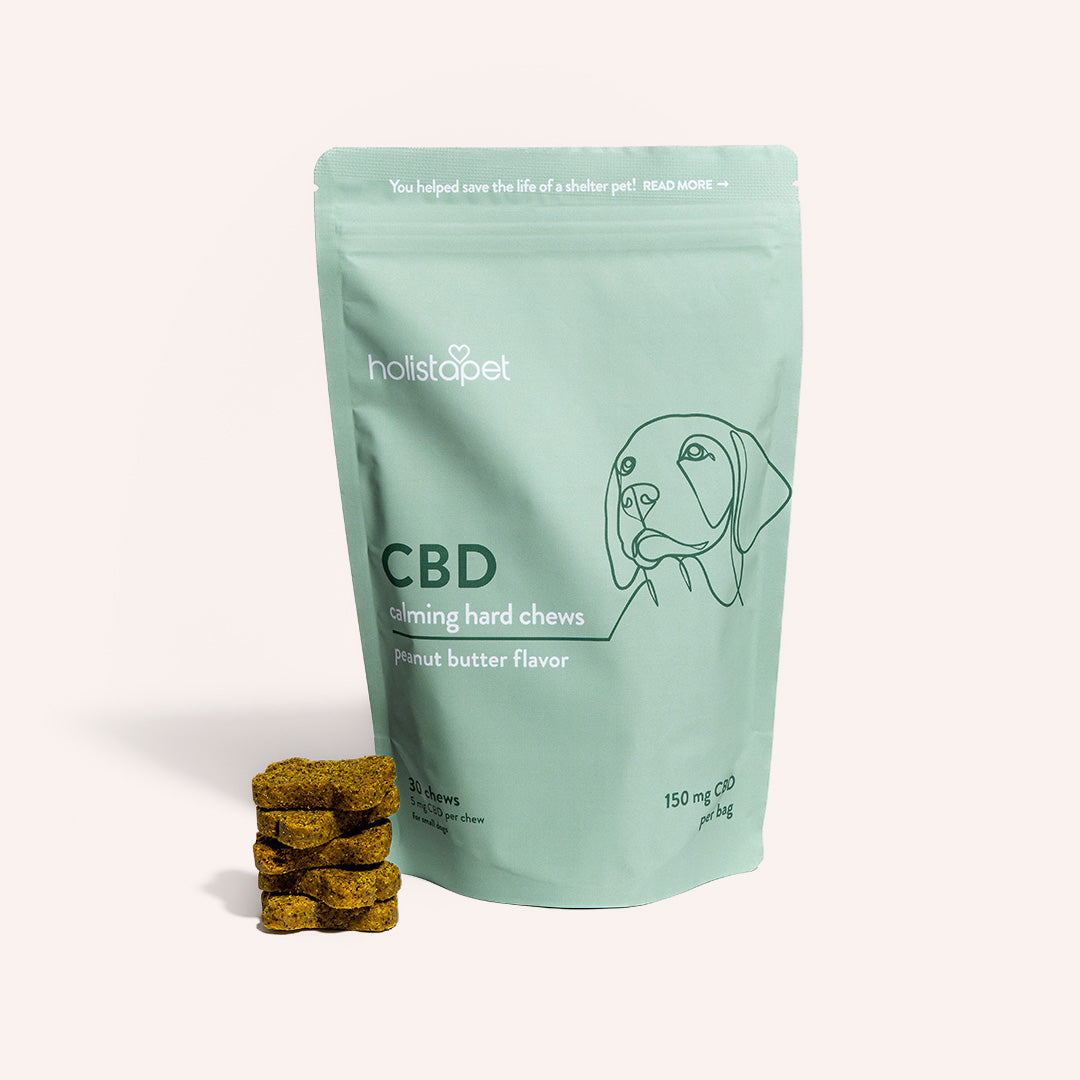
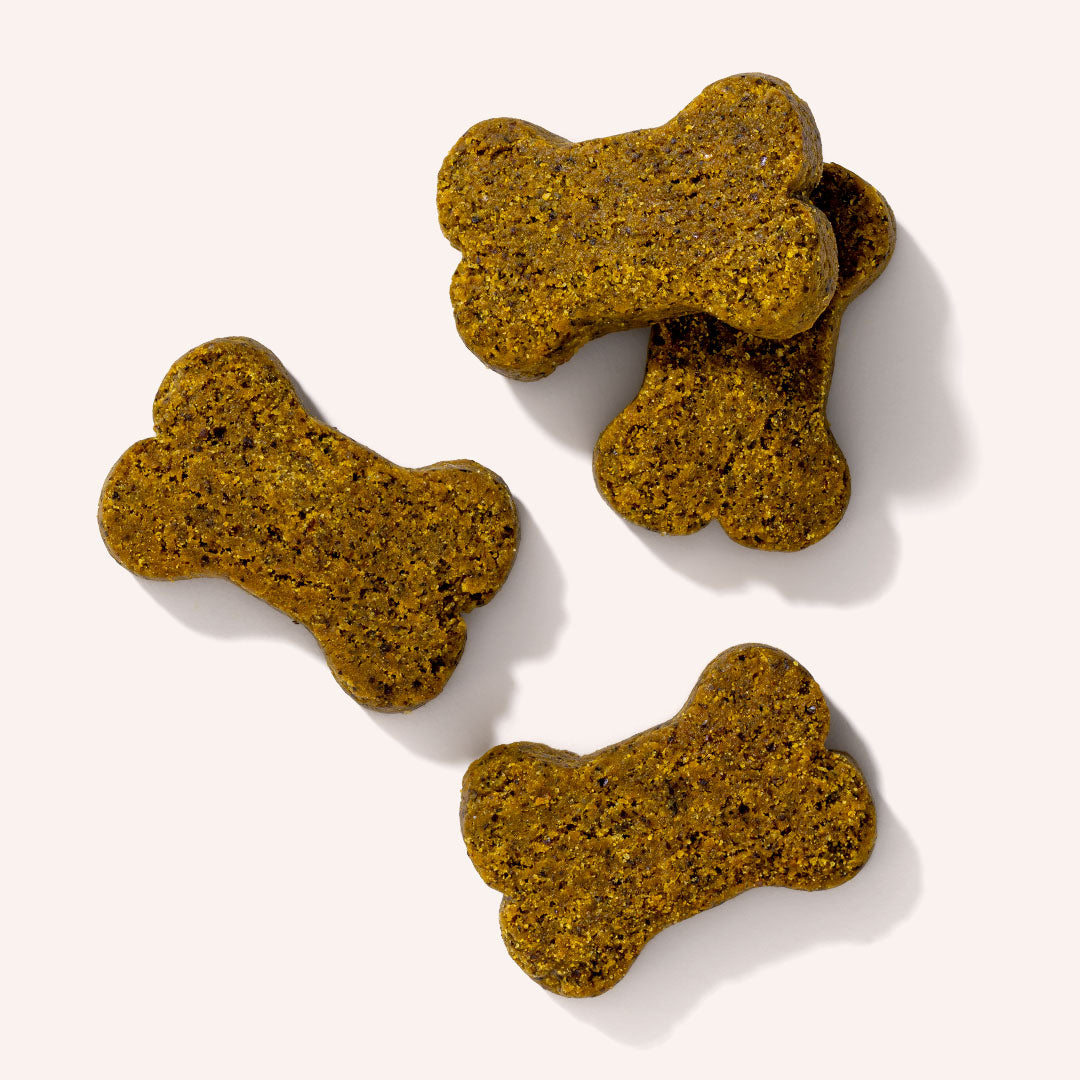
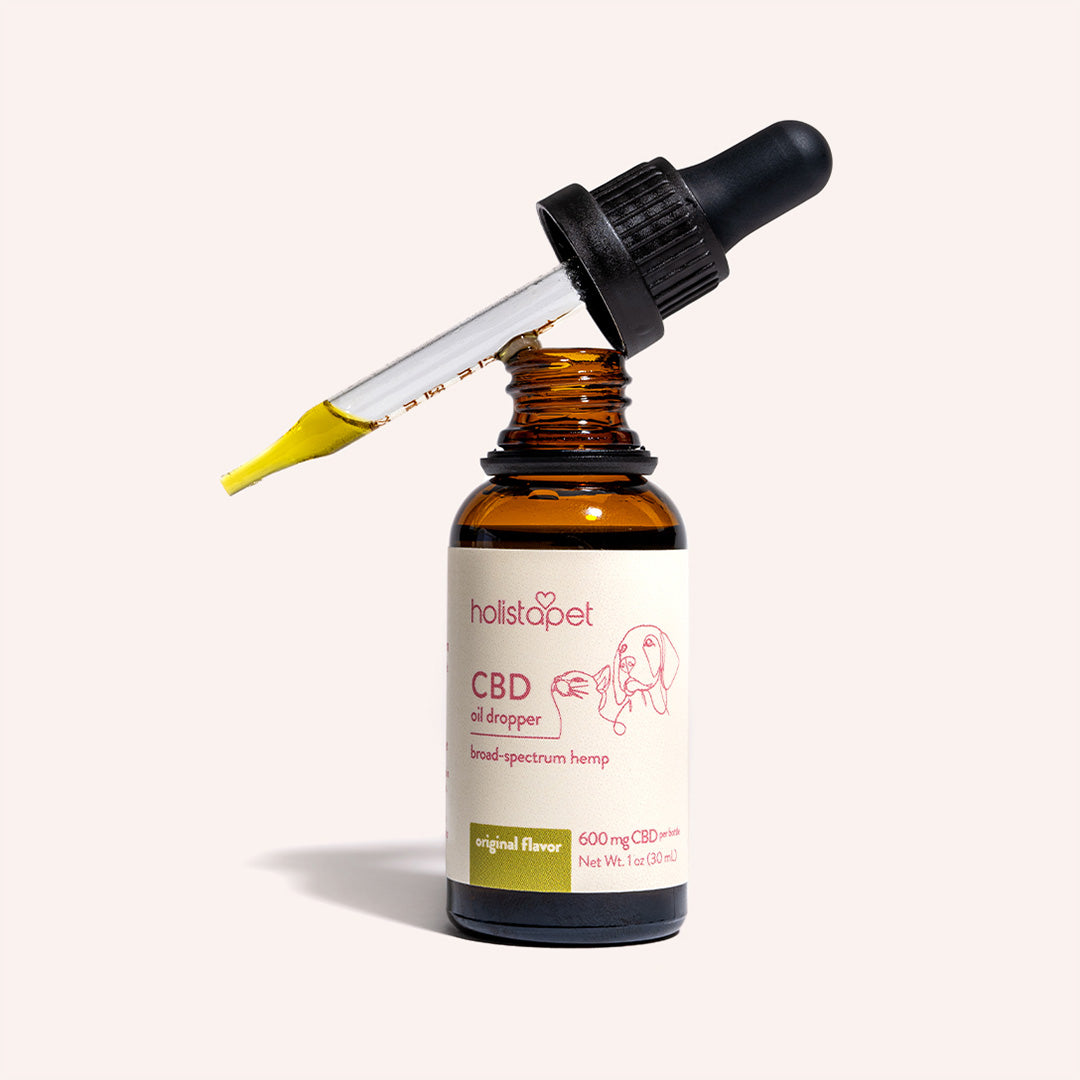
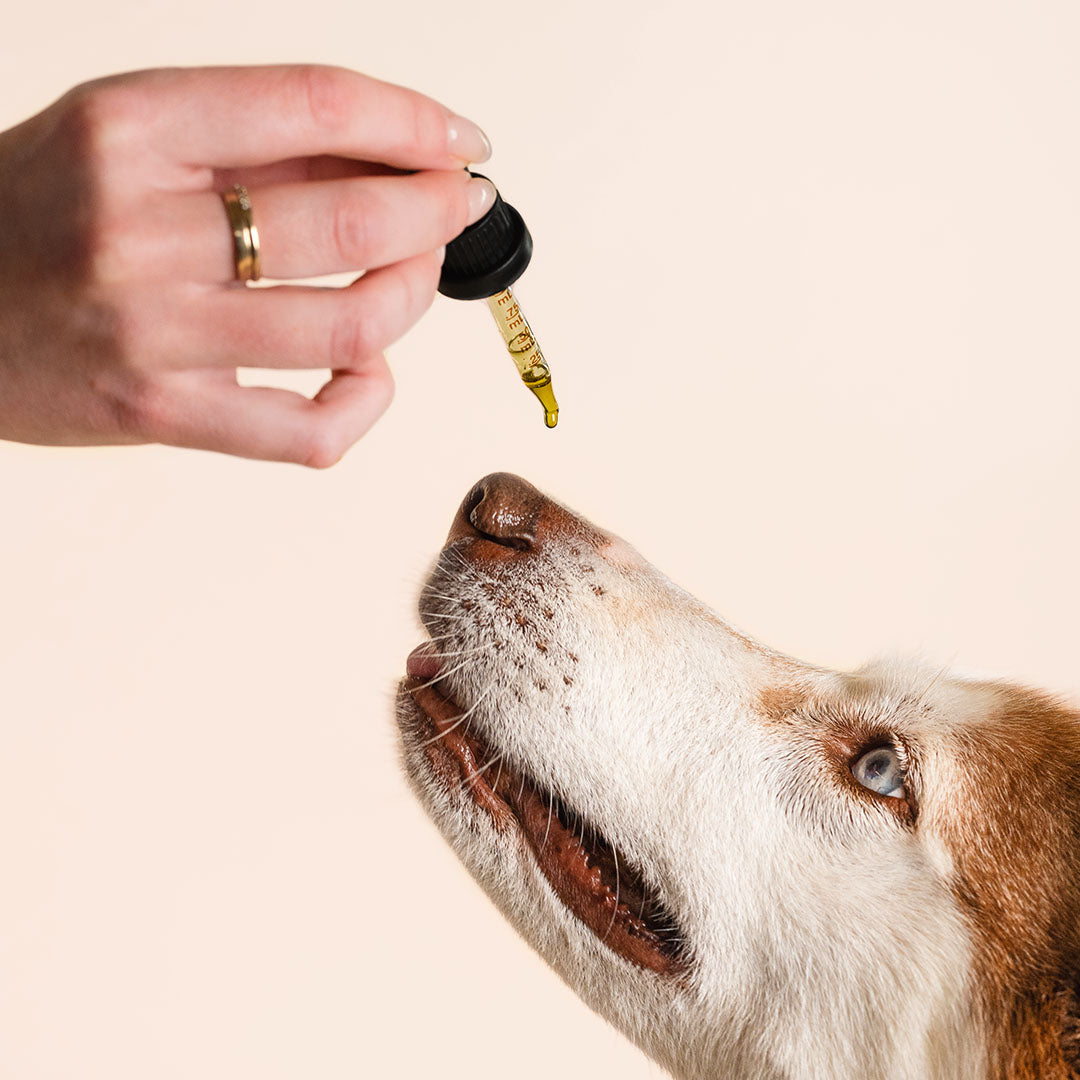
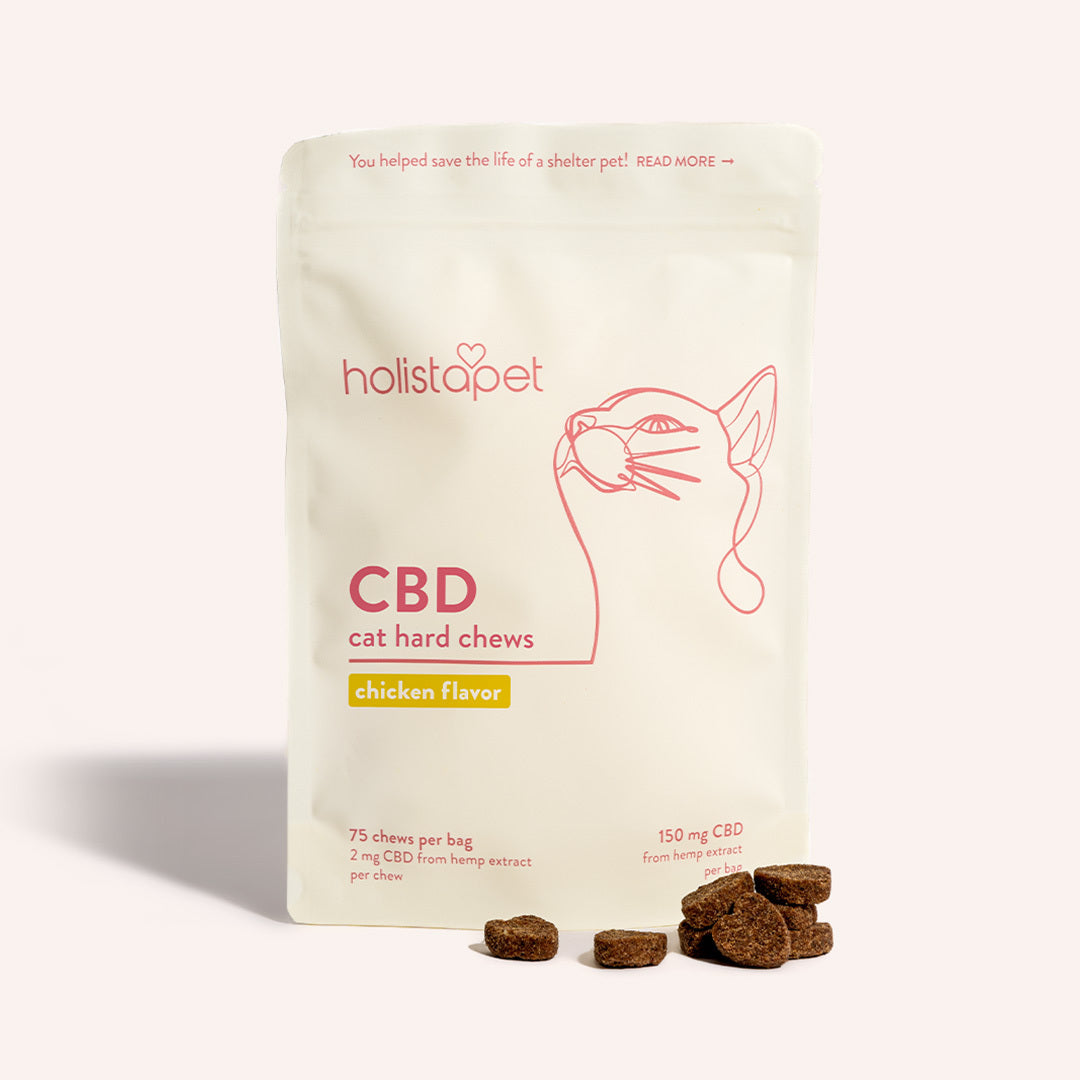
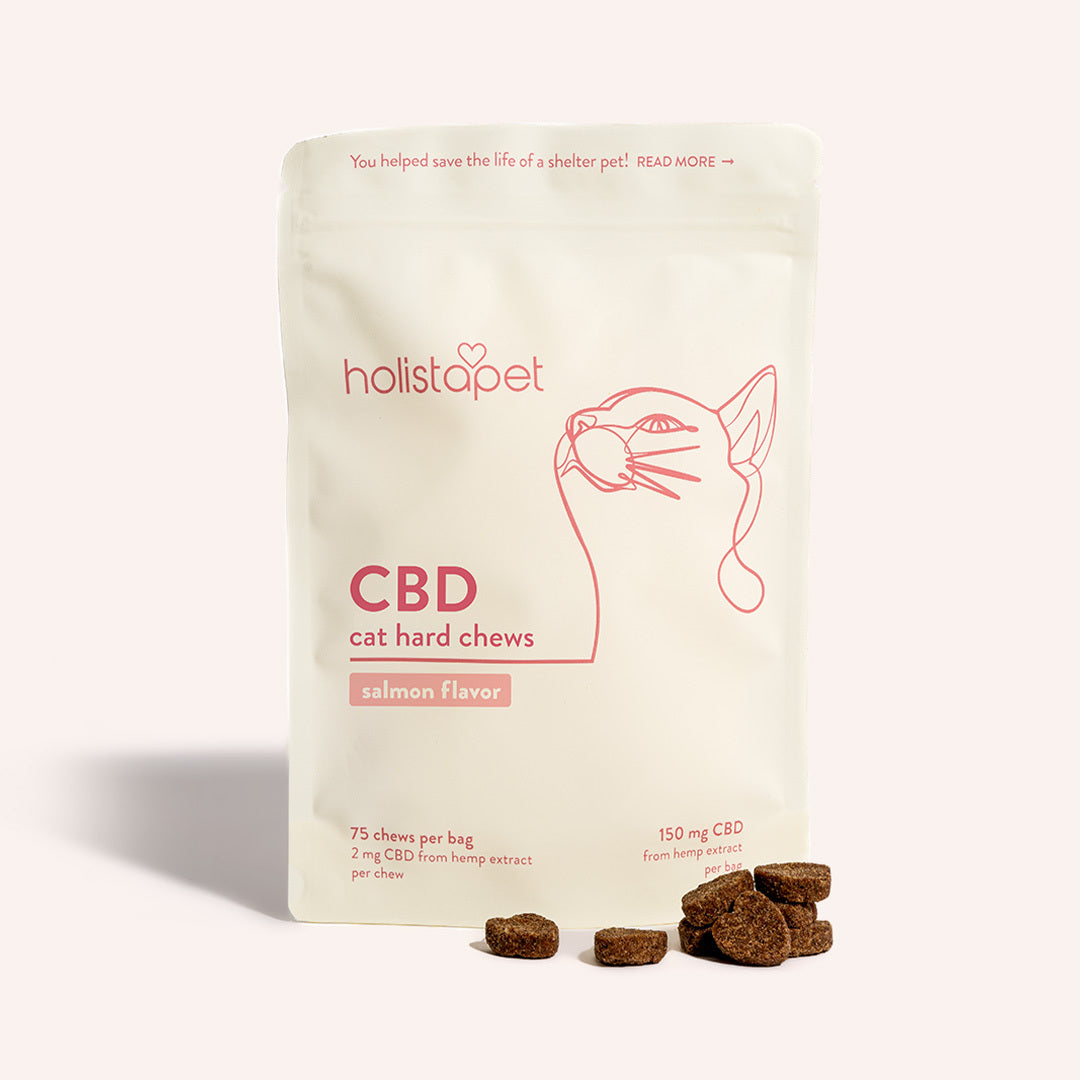
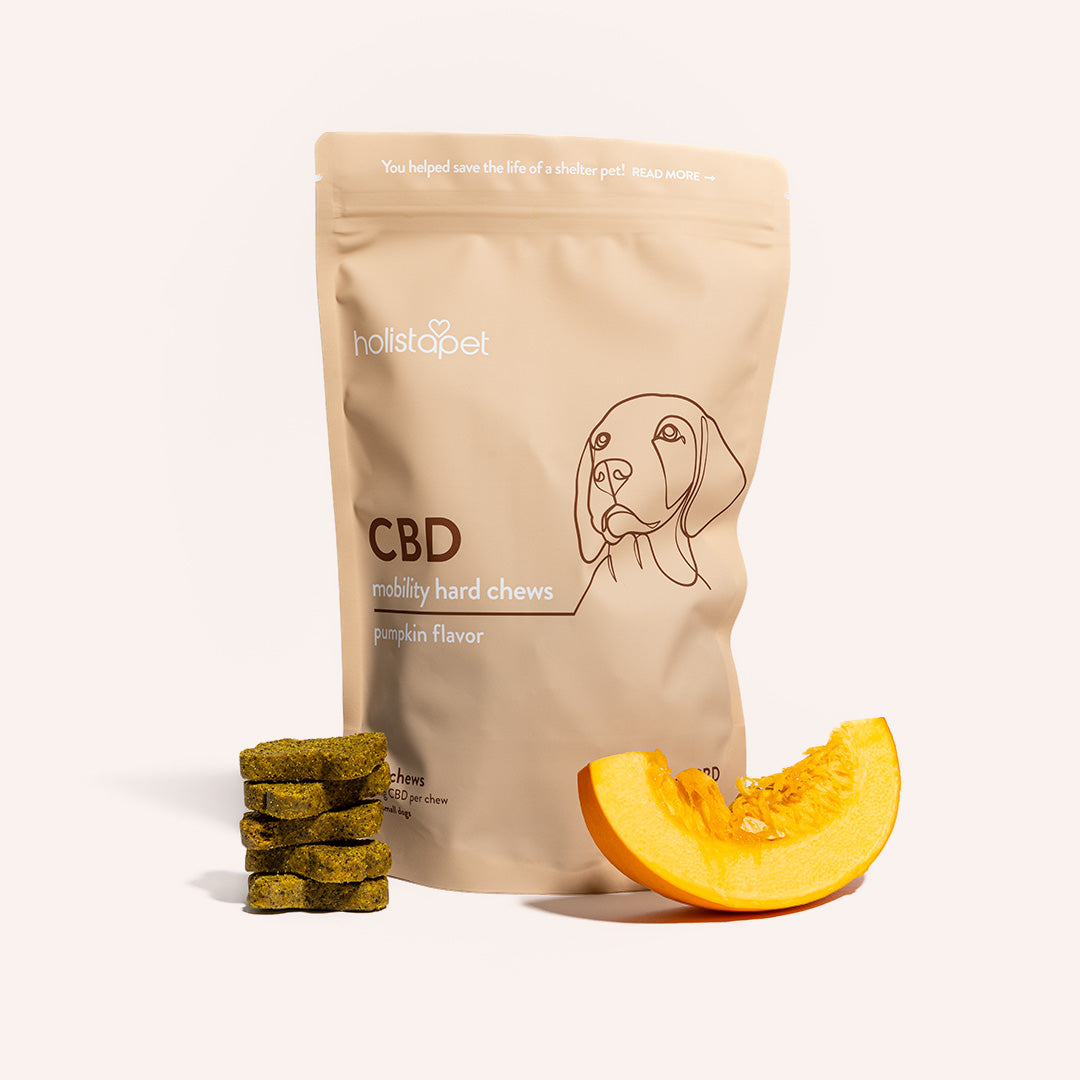
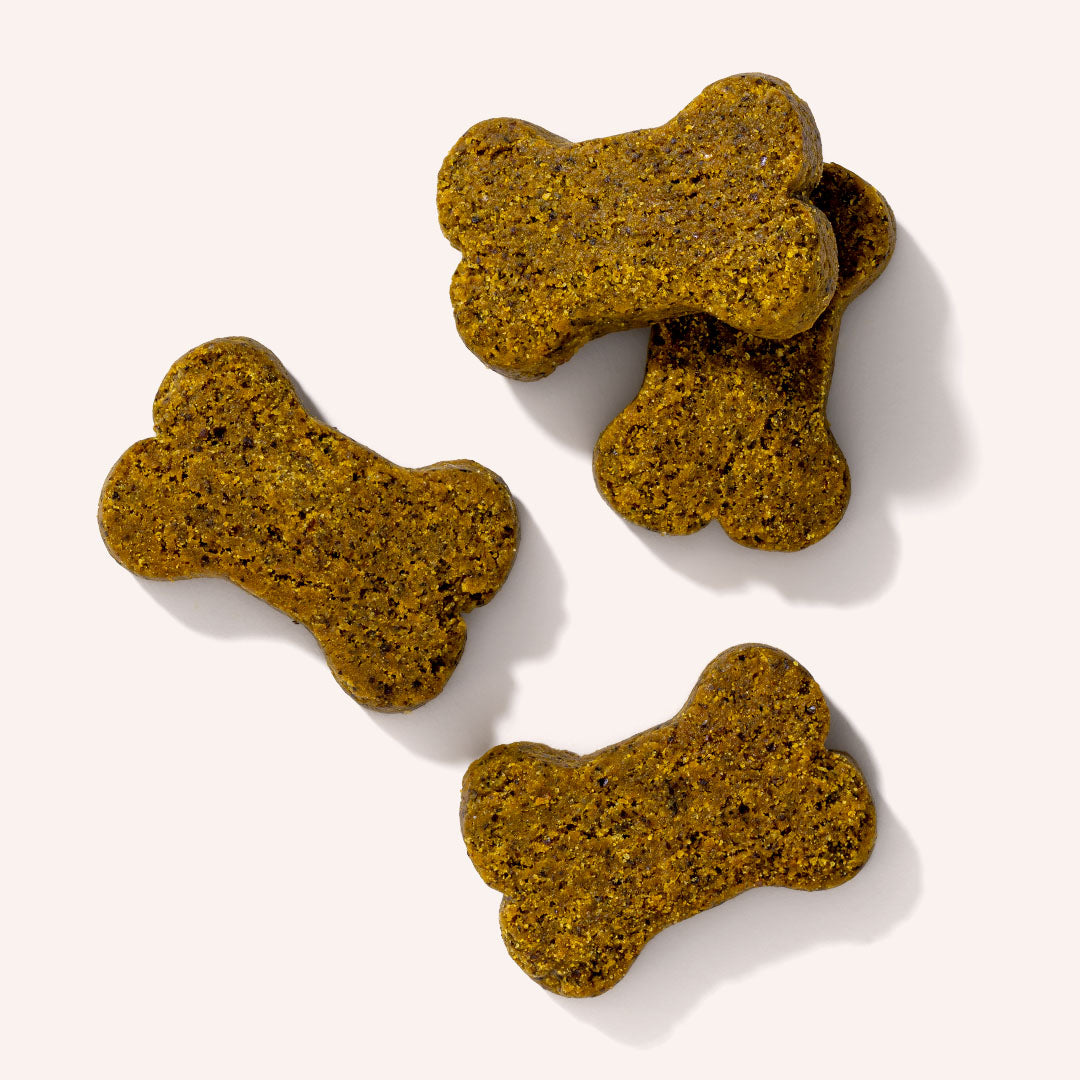

Leave a comment
All comments are moderated before being published.
This site is protected by hCaptcha and the hCaptcha Privacy Policy and Terms of Service apply.